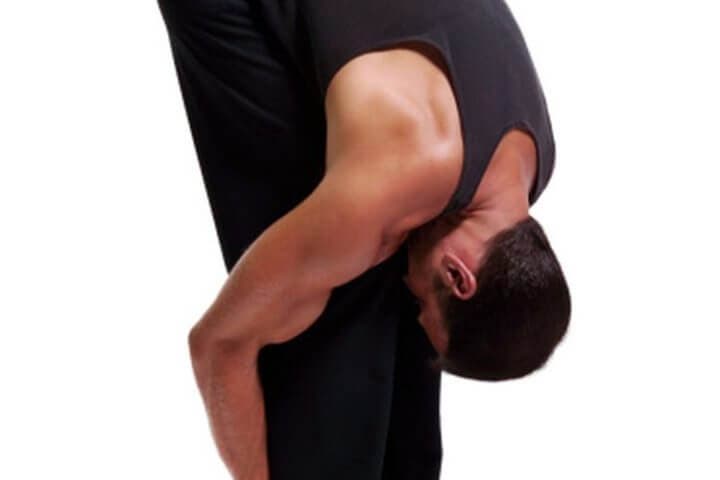To generate energy, you need mobility, and to have mobility, you need stability. Instability sends signals to the brain and nervous system to slow energy production when stability feels threatened.
Usually when dysfunctional movement patterns exist, the brain simply chooses an alternate path to accomplish a certain task. For example, when the body’s deep core stabilization system is unstable, the nervous system has to work harder to compensate for any imbalance. The same happens with other areas of the body.
Therefore, find out if the neck muscles cause stiffness in the hamstrings and learn to identify the true cause of this tension to correct it.

Hamstring stiffness and its relationship to the neck muscles
1. Is the neck responsible for the stiffness of the hamstrings?
The weakness of the deep neck flexors is related to tightness in the hamstring muscles. The lack of stability in the neck causes a compensation that is reflected in these muscles when assuming the work of the neck flexors. This relationship can be seen commonly in the foot touch test.
In this test, the feet are together and the legs are straight without bending the knees. To find out how it works, look down, specifically at your toes, and then try bending forward to touch your toes. If the neck flexors are inhibited, the nervous system detects instability, so on the way down to touch the hamstrings flexes to prevent a fall.

2. How does stiff hamstrings manifest?
The dysfunction leads to patterns of compensation, loss of energy, and decreased force and power production. For example, imagine a car with an eight-cylinder engine that only fires four of them. It will have the ability to generate force but will not be able to unleash it in its entirety. The same is the case with athletes who often try to get more power out of their body rather than first making sure that all the muscles involved are fit.
The deep neck flexors flex, bend laterally, and turn the head. They make several important moves, so it is vital to evaluate them.

3. How to determine if the deep neck flexors are inhibited?
- Lie on your back and hold a ball under your chin for 20 seconds.
- Make movements laterally, that is, to the right and left 4 times while keeping control of the ball.
- Don’t hold your breath while doing the exercise, and don’t clench your jaw.
You can also orient yourself with the following video, ensuring that you place your thumb under your chin for 10 seconds to ensure that you are not using too many other neck flexors, such as the anterior scalene and the sternocleidomastoid.
If you feel fatigue, pain, discomfort, or the need to hold your breath during this exercise, it is an indication that the muscle may be inhibited and you need to reset it. The key is to activate the neck flexors after releasing the areas of your body that have been prone to stiffness.
So if your problem area is the hamstrings, do a toe test and see if the hamstrings are tight, and if the toes are difficult to reach with the fingers.
Reference
- Nickelston, P. Are Your Weak Neck Muscles Making Your Hamstrings Tight? For Breakingmuscle [Revised January 2018]
